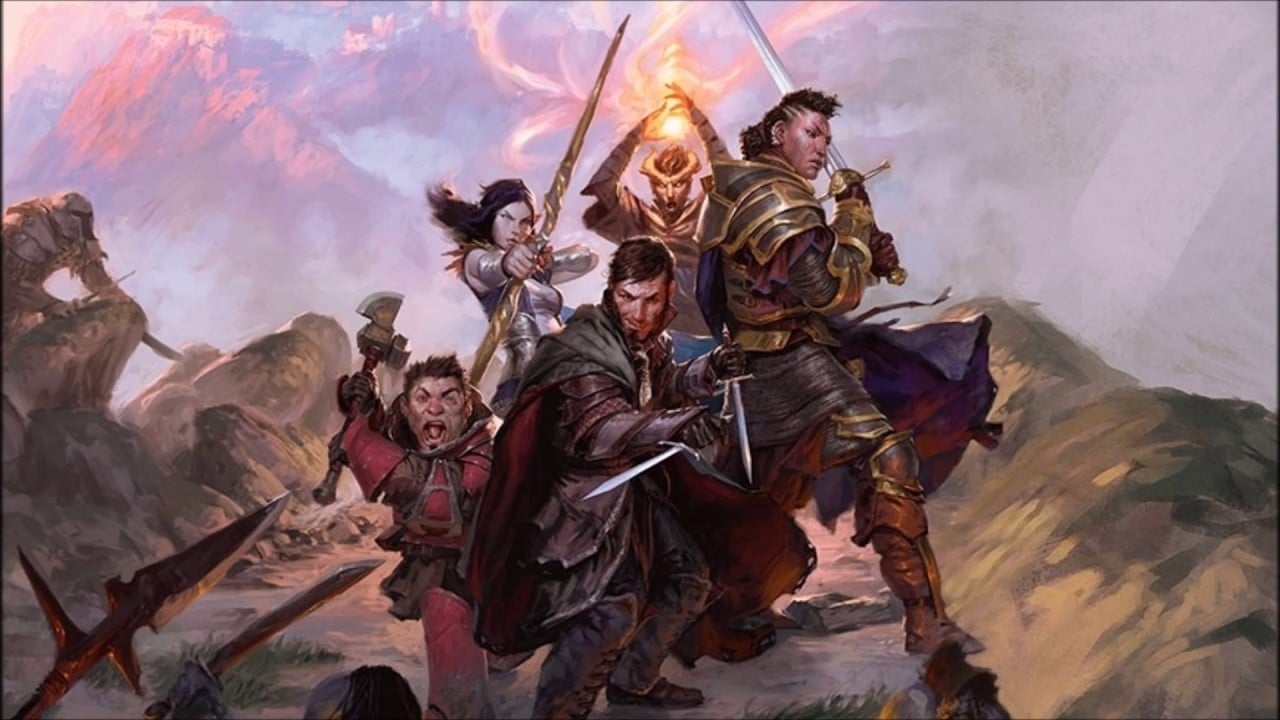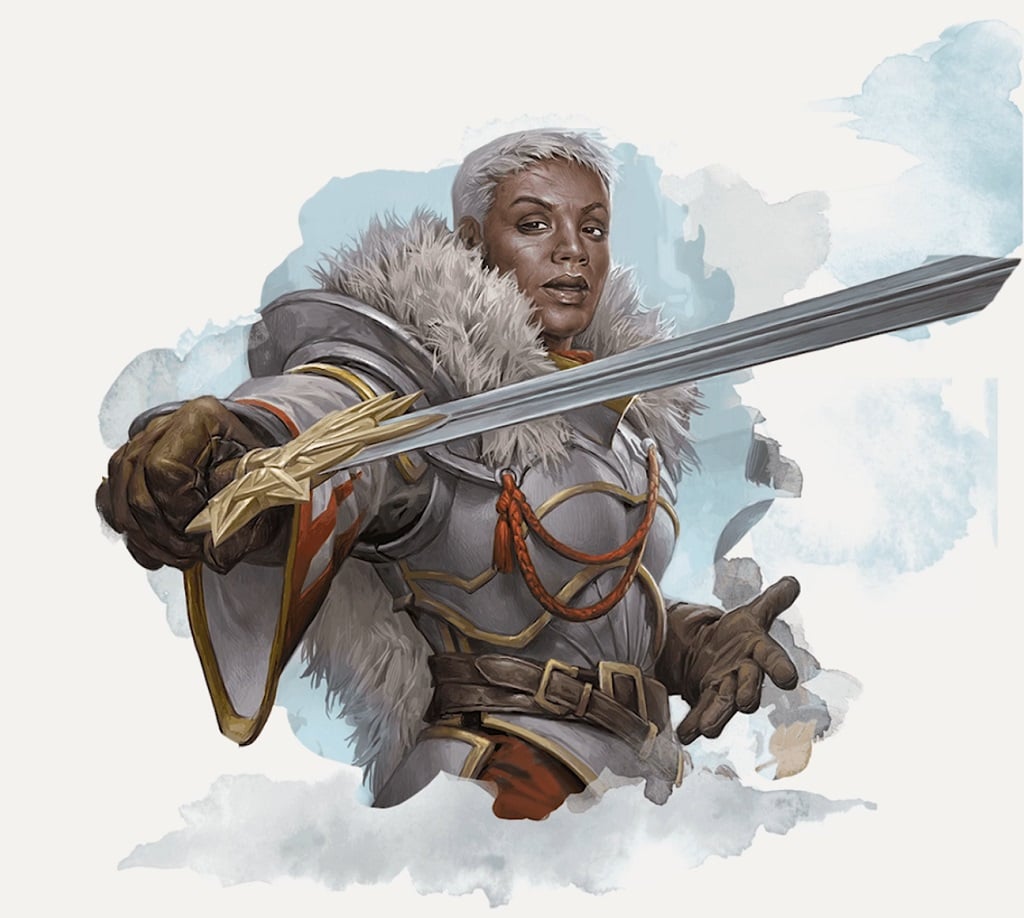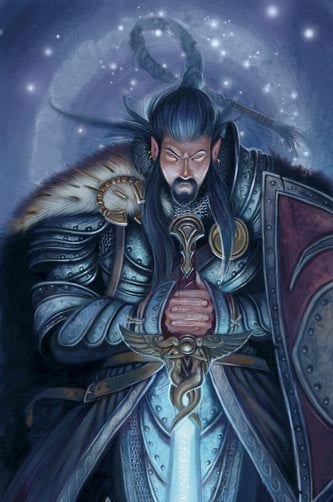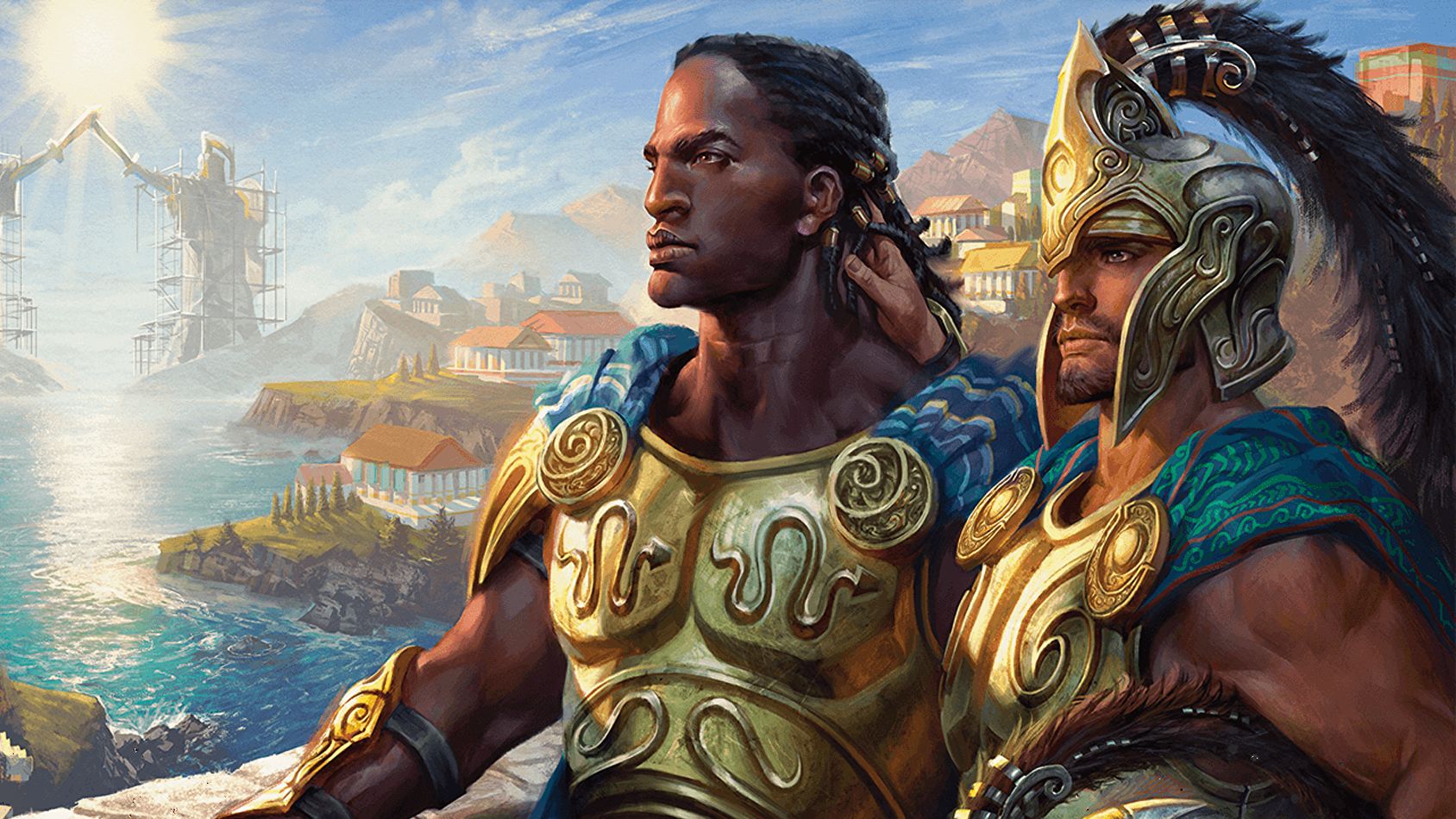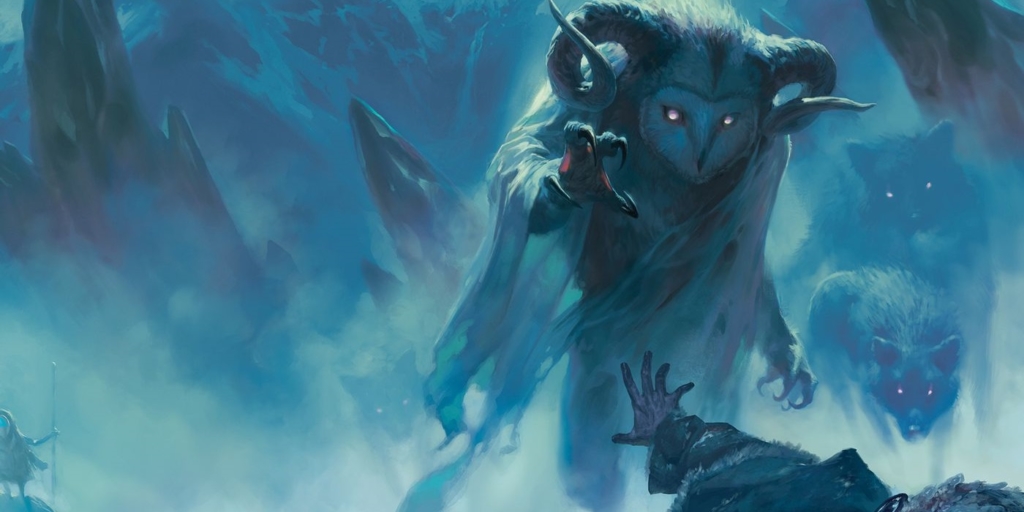D&D 5e Guide: How to Multiclass Paladins
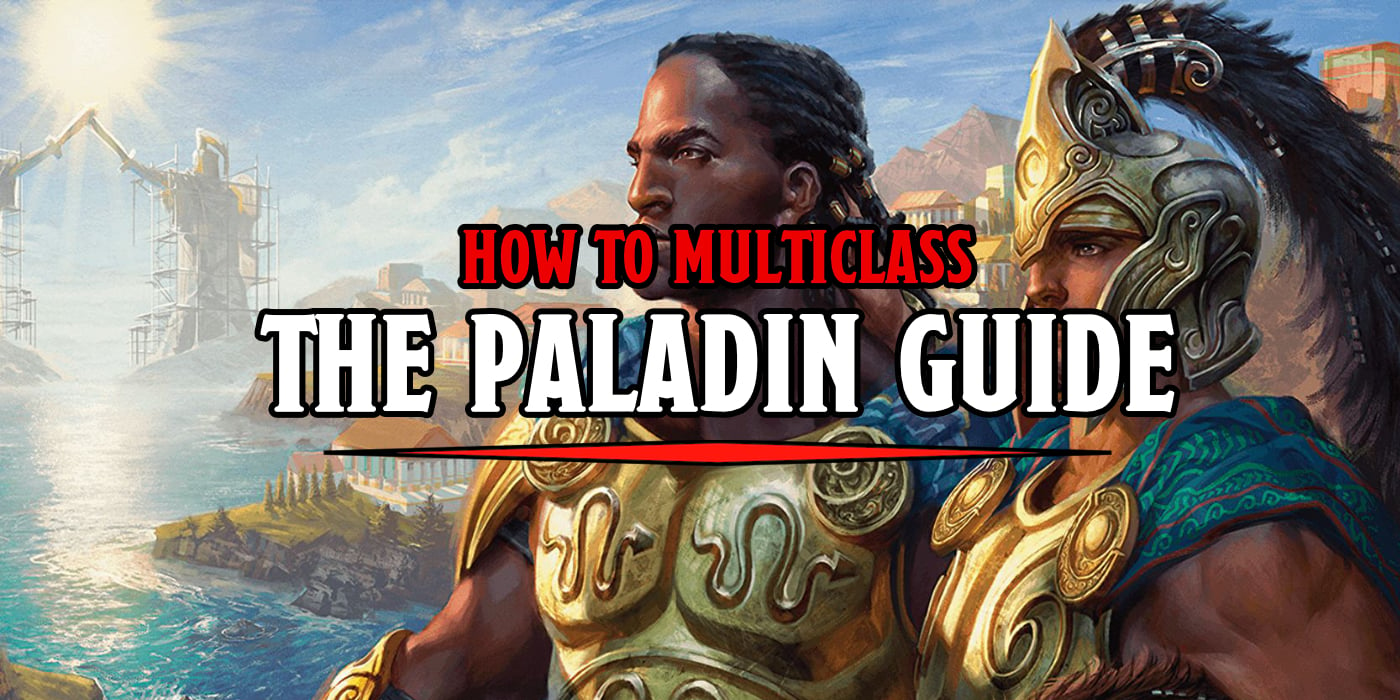
Multiclassing in Dungeons & Dragons opens up a door of possibilities for PCs. Today we’re taking a look at how you can multiclass if you’re a Paladin.
At the heart of Dungeons & Dragons lies the idea of playing a heroic adventurer that you’ve created for yourself, and one of the best ways to make a character feel like they’re your very own creation is to customize them, to make them different from any other character. Some classes have a few ways of doing that, spellcasters can pick different spells, for instance, and every character can pick a subclass to tweak and personalize their player character.
But D&D really opens up when you start to mix and match different class features. You can combine classes to your heart’s content (if your DM allows) and cobble together a hero that fits your own vision and your own story. Oftentimes the characters you get grow in power as well as fictional interest. Today we’re taking a look at paladins.
These heavily armed and armored holy warriors tend to be melee fighters (though if you build a ranged paladin, you’re in for a heck of a good time), mixing in a little big of magic with a whole lot of divine might. When multiclassing as a paladin, there are typically two big routes to go, either more magic (for more smites) or looking at ways to increase your versatility in terms of melee or outside of combat–but with paladins it’s usually more melee mastery.
Magic Touch
Perhaps the best thing you can do as a paladin is multiclass into a class that has increased spellcasting. And as your spells already key off of your charisma score, you’ll mix best with other classes that use charisma as their primary spellcasting stat. The top three options are bard, sorcerer, and warlock. What’s interesting is just how these classes combine though.
Sorcerers and paladins enable you to have access to a plethora of magical abilities. In this case, you care more about being a sorcerer and having metamagic than any particular subclass. The features are nice, but mechanically speaking what meshes best with paladin is giving you a) more spell slots, and b) allowing you to quicken a spell as a bonus action. This is especially important because you can use metamagic to quicken a hold person spell on a target, and when they’re incapacitated, you can then smite with that automatic critical hit for attacking a paralyzed target, making every spell slot count even more.
Bards and paladins tend to make you more of a melee/magic hybrid. Much like with the sorcerer, having more spell slots means having more smites available, but here bards and paladins can combine for even more versatility. If you pick a college like the college of swords or valor, you can get some extra melee mileage, since you’ll be getting extra attacks or using the college of swords’ blade flourish for more AC, mobility, or damage as needed.
Warlocks and paladins are a great way to only have to worry about having one stat: Charisma. You’ll have to have a Strength of 13 as well, but if you become a Hexblade warlock you only need to worry about your charisma bonus. From then on you can use your charisma score for attack and damage, and you’ll have those versatile warlock invocations as well. This is also a key feature in any build where you want to do something wacky–because only having to worry about one stat for spells and strikes means you can often focus on feats once your charisma score is where you want it.
Melee Mastery
Outside of that? Paladins often pair well with rogues or fighters. Classes like monks or druids or rangers get too much from their progression to play well with the paladin’s first six levels (but by no means should you consider them a no go, just you’d have to work harder for less).
Fighters and paladins can make the most of any melee, though paladins want to put more levels into fighter to get access to either fancy battle maneuvers, rune knight invocations, or potentially the extra critical hit range from Champion Fighter.
Rogues and paladins mean you’ll be one of the most skilled, hardest hitting members of the party–when you can crit. Work with a diviner and figure out your split between paladin and rogue levels to maximize sneak attack smite damage and you’ll be surprised at how many dice you get to roll when that 20 comes up.
Barbarians and paladins are also a phenomenal combo. Paladins want to make lots of attacks, and getting a barbarian’s rage on top of their already potent core chassis, means you can really dig in and make yourself the most resilient member of the party.
Anyway that’s what it looks like when multiclassing as a paladin. It’s pretty straightforward, you either want to look for ways to boost your smite, your spells, or your strength–focus on one of those three areas and you won’t go wrong.
D&D 5E Paladin Guide
Happy Adventuring!

